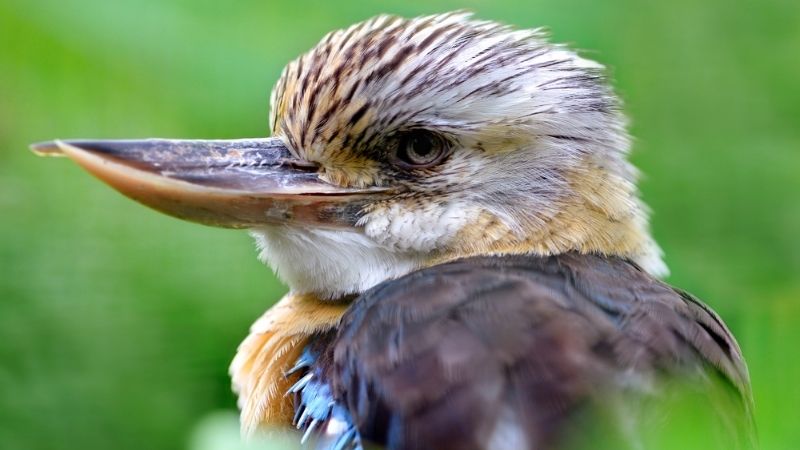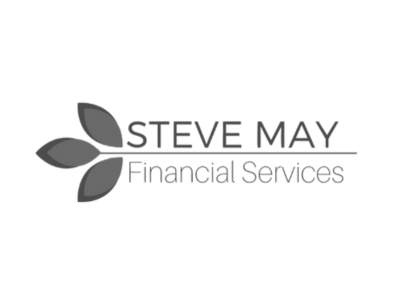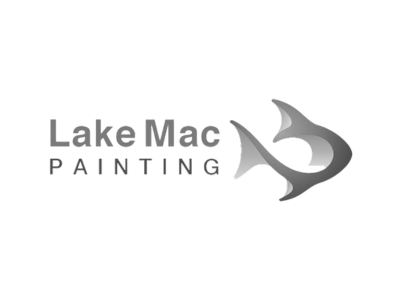Spring is a busy time for wildlife carers, with baby animals being born, leaving nests and learning to survive in the world. You may come across an animal and want to help, but you might not know what to do. Whether the animal is injured, fallen from a nest, or simply learning to fly, these basic steps will help not only the animal but the carer.
Observe and protect
The most common animals rescued are birds. Many are baby birds, but it’s important to remember that babies are best with their mum. Some mums will raise their baby on the ground. Some birds might be learning to fly. So the first thing is to observe and protect. Observe the animal to see if you can identify an injury or what has happened. Make sure it’s safe from domestic animals and humans. Where possible leave a baby bird where it was found or move it to a bush.
Document the location
This is very important for a carer so they know where to release an animal. Many native animals are territorial, so it’s critical you record the exact location you found the animal. If you take it to a vet, make sure the vet records this as well. Some animals can’t be released if they are not returned to the same location.


Injured animal collection options
All wildlife that is sick or injured, needs to be assessed by a vet before it goes into care. If safe, place the animal into a secure box with a towel or blanket. Keep it quiet and warm. If you can’t move the animal, you could place a clothes wash basket upside down over the top of it to keep it safe and call for help. Check the Hunter Wildlife Rescue website for how to handle different animals.
If the animal is dead, and has a pouch, check it, however never remove an infant from its mother’s pouch. Wrap both in a blanket and keep warm until help arrives. A dead flying fox may have a baby hidden in the fold of its mother’s wing. (See information below about the dangers in handling flying foxes)
Vet assessment
Most vets won’t charge to see injured wildlife, so take the animal to the nearest vet. It’s critical that any injured animal gets vet treatment ASAP. Once assessed, the vet will make arrangements with a carer to come and collect the animal. Rehabilitation will happen with a local carer at home.
Things NOT to do
Never feed an animal you have found. This is especially important if the animal is injured. If it’s an extremely hot day, you can attempt to give an injured animal water. Never approach snakes, goannas, foxes, kangaroos or raptors. They require a trained rescuer to handle them. It also isn’t wise to handle flying foxes. Carers aren’t allowed to touch them unless they are vaccinated because the risk of Hendra/Lyssa virus is so high.
Emergency information Lake Mac
For any native animal emergency rescue call 0418628483. Hunter Wildlife Rescue has a 24/7 emergency call centre staffed by home-based volunteers. https://www.hunterwildlife.org.au/



















